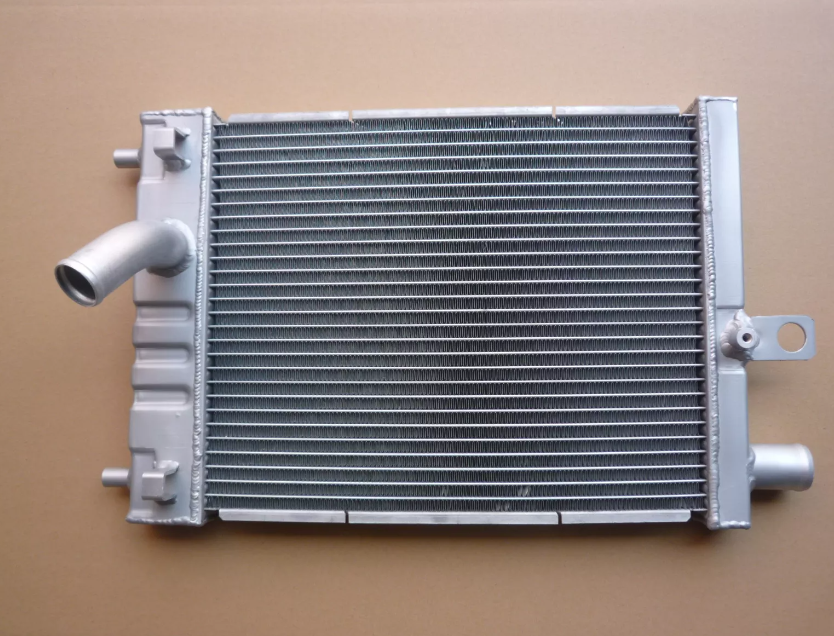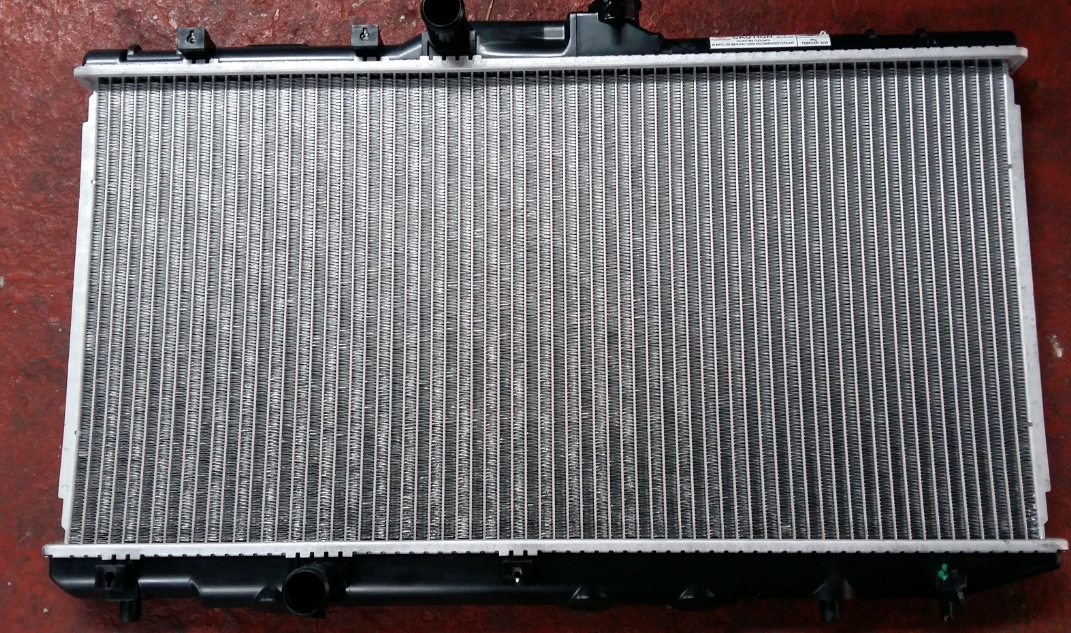Toyota has released an extensive lineup of cars for the automotive market over the many decades that it has been in operation. To power these vehicles and keep them running, they build and install a Toyota radiator, a cooling device that is most commonly found between the engine and air conditioning units.
The purpose of this apparatus is to cool down the vehicle’s hot engine by transferring heat from it to outside air which flows through the radiator using a system of fins. This also prevents condensation from forming inside your car’s engine compartment which can damage your vehicle’s inner mechanics.
What makes it different from Ford’s radiator?
Because you will be spending thousands of dollars on cars like sports cars, luxury saloons, and coupes, there ought to be several things you should consider when looking at getting a new car. One such factor that could have a huge impact on your decision-making is whether or not your car should get a fix radiator replacement or not.
A radiator replacement is not one of the easiest jobs to undertake, especially for those who are not experts in mechanics. After all, it is not rocket science, but rather something that needs a certain level of concentration and precision. This is why a lot of people simply let the pros handle this type of job for them.
While this is not something that you should do if you can avoid it, there are cases where a radiator replacement is necessary. Here are just some of the conditions that could necessitate a radiator replacement:
- a) When your car starts to become very warm/hot even when there is no need for it to be so. This is an indication that the cooling system has started to deteriorate and needs immediate replacement.
- b) If your radiator fluid-fluid levels keep on dropping despite oiling and cleaning the entire cooling system regularly, then it might be time for a change as well.
A Toyota radiator repair can be a simple or complex task depending on the severity of the problem. If your undercarriage has recently developed leaks, then there is not a lot you can do other than replace the radiator.
Conclusion:
Today’s technology can join two pieces of metal together more closely, which in turn increases the heat transfer onto your vehicle’s parts and keeps it cool. This is most practical in a hot climate where heat transfer efficiency is important to sustaining your Toyota’s radiator functionality.
For further information visit this website!


